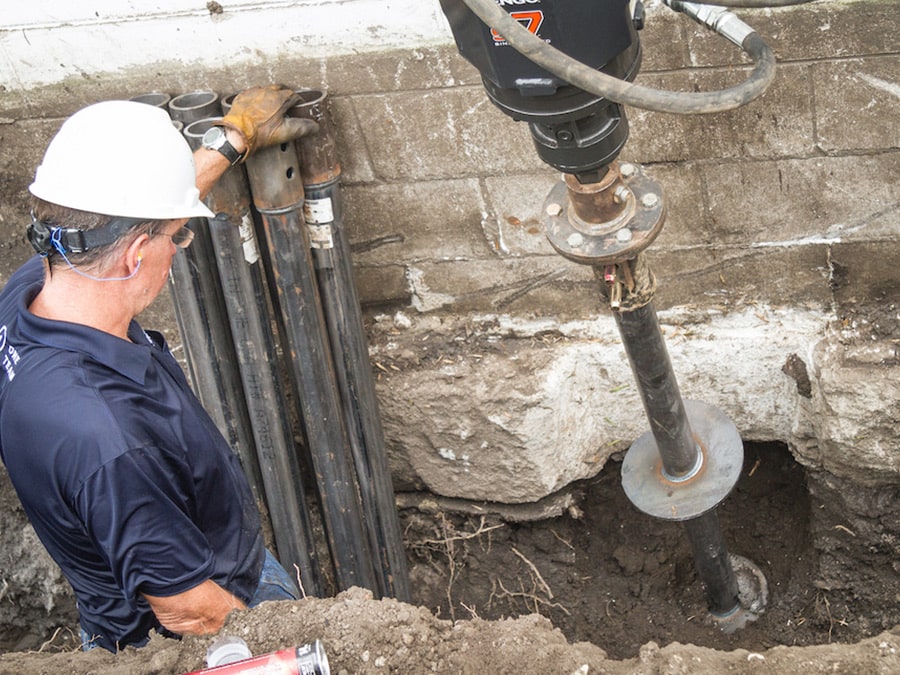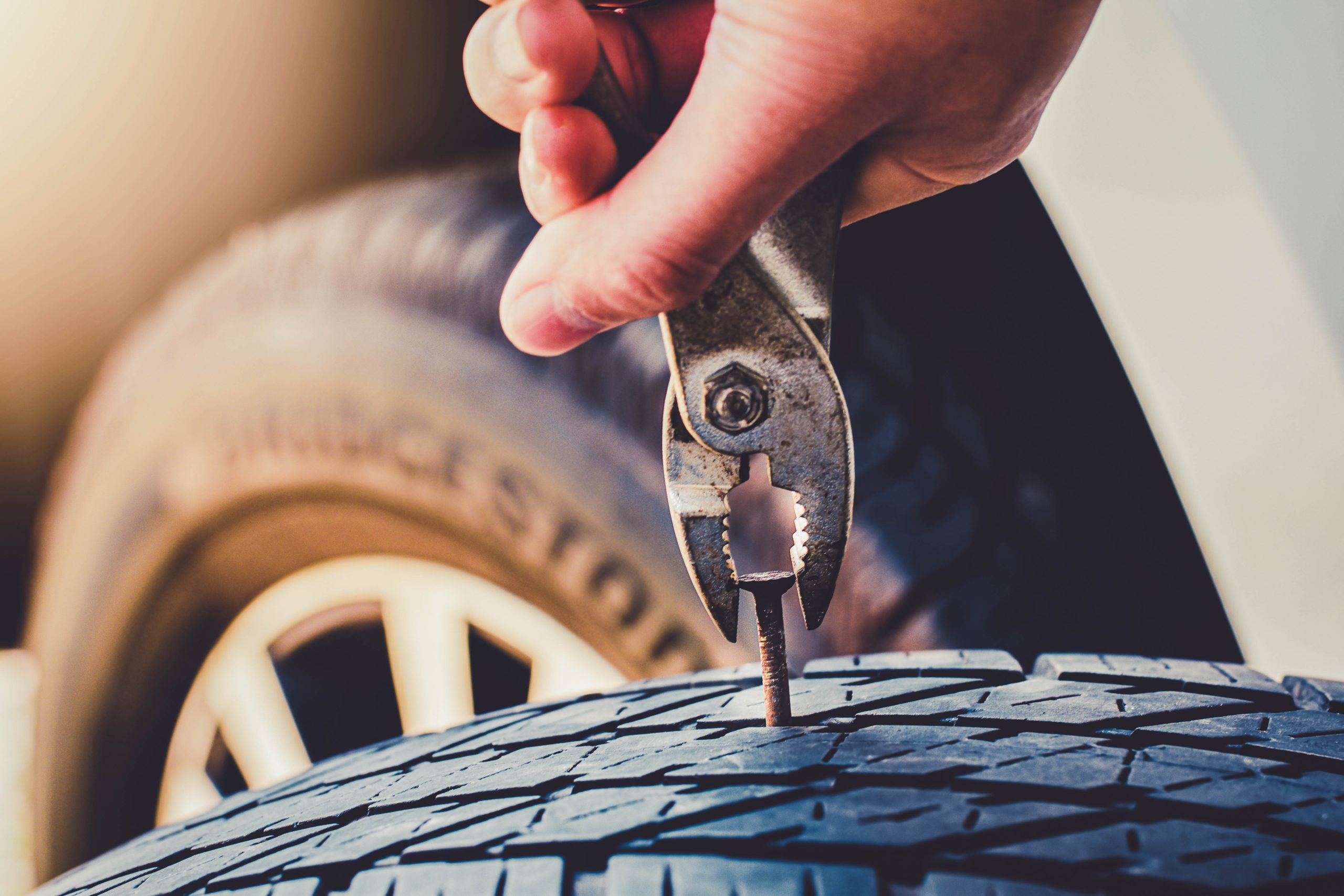In today's world of mass-produced furniture, customised wooden pieces stand out as unique and timeless. From intricate carvings to personalized finishes, customised wooden furniture adds a touch of elegance and personality to any space. If you're looking to enhance your interiors with bespoke wooden furniture, read on for design tips and trends to help you unlock its beauty.
Design Tips for Customised Wooden Furniture
1. Consider the Space
- Measure the dimensions of the room where the furniture will be placed to ensure a perfect fit.
- Think about the overall style of the space and how the customised wooden piece will complement it. You can also buy customized wooden tables via Bare Timber Studios
2. Choose the Right Wood
- Each type of wood has its own unique characteristics, so select a wood species that aligns with your design preferences.
- Consider factors such as grain pattern, color, and durability when choosing the right wood for your customised furniture.
3. Focus on Functionality
- Customised wooden furniture should not only look beautiful but also serve a practical purpose.
- Think about how the piece will be used and design it to meet your specific functional needs.
4. Personalise the Design
- Work with a skilled craftsman to add personal touches such as custom engravings, inlays, or unique hardware.
- Infuse your personality into the design to create a one-of-a-kind piece that reflects your individual style.
Trends in Customised Wooden Furniture
1. Minimalist Designs
- Clean lines, sleek finishes, and simple shapes are popular trends in customised wooden furniture.
- Minimalist designs focus on functionality and simplicity, making them ideal for modern interiors.
2. Sustainable Materials
- With the growing demand for environmentally friendly products, sustainable materials such as reclaimed wood are gaining popularity in customised furniture.
- Opt for eco-friendly wood sources to reduce your carbon footprint and add a touch of sustainability to your space.
3. Mixing Materials
- Experiment with mixing wood with other materials such as metal, glass, or stone to create a unique and visually appealing piece.
- Combining different materials adds interest and texture to customised wooden furniture, making it a focal point in any room.
4. Statement Pieces
- Make a bold statement with oversized customised wooden furniture pieces that command attention in a room.
- Choose a standout design or intricate detailing to create a conversation piece that adds character to your space.
Conclusion
Customised wooden furniture offers a world of design possibilities, allowing you to create pieces that are truly unique to your style and preferences. By following the design tips and trends mentioned above, you can unlock the beauty of customised wooden furniture and transform your space into a stunning showcase of craftsmanship and creativity.










